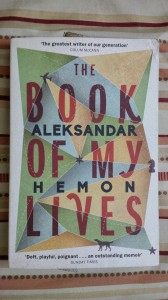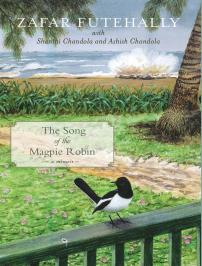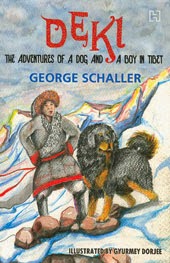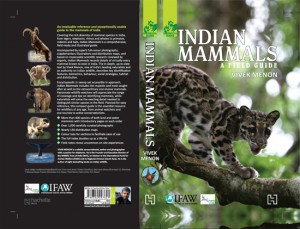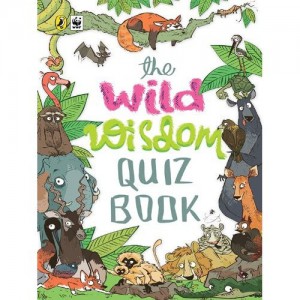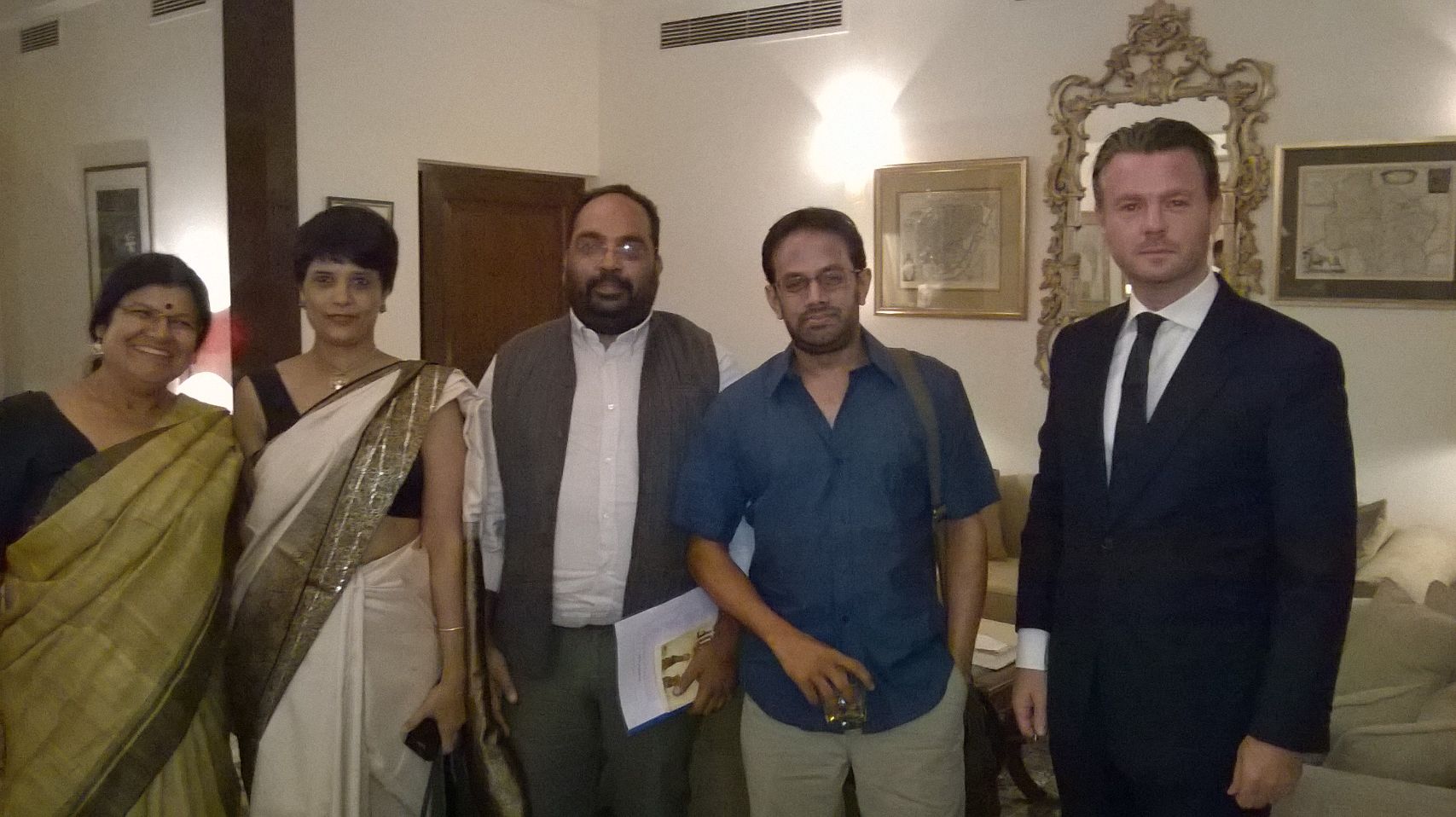Kiran Nagarkar, “Bedtime Story”
 Draupadi: You have all gone stark, raving mad. You’re going to share me just because Mummy said so? And you expect me to turn myself into a five-day roster to please you? I’m supposed to divide myself into five portions? Listen to me, Arjun, and listen well. If I stay here, I stay as your wife, not as the mistress of five brothers. Are you coming with me or aren’t you? ( p. 38)
Draupadi: You have all gone stark, raving mad. You’re going to share me just because Mummy said so? And you expect me to turn myself into a five-day roster to please you? I’m supposed to divide myself into five portions? Listen to me, Arjun, and listen well. If I stay here, I stay as your wife, not as the mistress of five brothers. Are you coming with me or aren’t you? ( p. 38)
Kiran Nagarkar’s Bedtime Story is a play in four acts. Each of the acts is based on a well-known episode from the Mahabharata. These are of Eklavya cutting off his thumb for Dronacharya as guru dakshina; the swaymvara of Draupadi where every suitor had to try and shoot an arrow in the eye of a fish overhead that revolved from a high pole — not looking at the target directly but at its reflection in a cauldron of oil; the infamous dice game where the Pandavas lost their kingdom to the Kauravas and they attempted to disrobe Draupadi, if it were not for Krishna who miraculously restored her garments to save her from shame and finally, on the eve of the battle between Kaurava and Pandavas, when Lord Krishna preached the doctrine of dharma to Arjuna which is enshrined in the most famous of Hindu texts, the Bhagvad Gita. This last act also has a conversation between Gandhari, mother of the Kauravas and Krishna.
Bedtime Story was written soon after the Emergency ( 1975-77), but it has been published for the first time, thirty-seven years later in 2015. The first time there was an attempt to perform it was actor and theatre director Dr Shreeram Lagoo. As Kiran Nagarkar writes in the introduction:
He [ Dr Lagoo] realized that the play was provocative and controversial material. He invited all the experimental theatre groups in Bombay for a reading in 1978 because he wanted the whole amateur theatre movement behind the play. In the meantime, the play had been sent to the censor board for certification, as the law in Maharashtra demands. It came back with seventy-eight cuts, some of them a page long, so that barely the jacket-covers were left. Eminent academics, M.P. Rege, Pushpa Bhave, and a couple of others argued the case for Bedtime Story at a meeting of the censor board. Many of the excisions the board demanded were risible ( e.g. drop the names of the Buddha, Mahatma Gandhi), some questions did not make any sense (e.g. why are you distorting the original myths?). I must admit I was hoping that the board would have at least some members from the Marathi literary elite who would have understood the thrust of the play. But I soon realized that I was deluding myself. The board was convinced that the play was a stain on our culture and needed to be severely sanitized. …When the director of the play finally got a letter from the board, the cuts had been reduced to twenty-four. But by then almost all the actors had withdrawn from the rehearsals because fundamentalist Hindu parties and organizations in Bombay, as it was known then, threatened the director, producer, actors and me, and even the first rehearsal was not allowed to take place. It helped enormously that none of these vociferous guardians of our culture had read Bedtime Story. ( p 6-7)
The play was finally staged in 1995 by Rekha Sabnis’s theatre group, Abhivyakti, directed by Achyut Deshingkar. But it ran for only twenty-five performances. “The actors had such fun with the firecracker dialogue and the energy within the play and the difficult questions it raised that they pooled their money and revived the play two years later, this time in Hindi, and it had a few more performances. Sometime later, Vasant Nath staged the play in Cambridge, UK, and at the Fringe Festival in Edinburgh.” ( p.7) Noted journalist, Salil Tripathi wrote an excellent piece in The Mint about his first encounter with Bedtime Story. ( Salil Tripathi, “When Kiran Nagarkar said the unsayable” 28 February 2015, Live Mint, http://www.livemint.com/Leisure/2izXvQjOpQm0hFGPz0vdIK/When-Kiran-Nagarkar-said-the-unsayable.html)
I first came across Bedtime Story in 1982. The Emergency was still fresh in our minds, and the collapse of the Janata administration in 1979 and the triumphant return of Indira Gandhi in 1980 had chilled the mood, crumbling the illusion that the Janata years had represented, of being the harbinger of a cultural renaissance. Nagarkar’s play was drawn from the Mahabharata, “the living epic in the subcontinent”, as he describes it, because the epic became the “medium to drive home my point about the malaise from which most of us suffer: apathy.” The play shows how the good guys—the Pandavas—are weak and subject to human follies, and the bad guys—the Kauravas—are no better. The choice is between dark and darker. ….
I saw the play in 1982—or heard it, that’s more like it—at a private reading at the home of Rekha Sabnis, the actor (her group Abhivyakti would later stage the play, directed by Achyut Deshingkar in 1995, and it would have a limited run of 25 shows). But that Sunday morning at Sabnis’ home, we were spellbound as she read the script, along with writer and artist Manjula Padmanabhan, researcher Tulsi Vatsal, and Nagarkar himself. I was young then, fresh out of college, but I realized what it must have felt like in Eastern Europe, where samizdat performances of cutting-edge, political plays took place just that way. I wrote about it a week later in the now-defunct Sunday Observer.
Even though it is the twenty-first century, it is commendable this play has finally been published, given as Romila Thapar points out that India is, “…a highly patriarchal society such as our present-day society”. ( Romila Thapar, “The Real Reasons for Hurt Sentiments”, 13 March 2015 http://www.thehindu.com/opinion/op-ed/the-real-reasons-for-hurt-sentiments/article6987156.ece ) In the recent past there have been innumerable instances of attempts censor literary works that can only be attributed to plain bullying by fundamentalist groups and the muzzling of free speech by powers that be, actions that are unacceptable in a thriving democracy like India.
A play like Bedtime Story must have been revolutionary in its ideas when it was first presented in the mid-1970s. All though in 1975 the first Committee on the Status of Women in India had brought out the path-breaking report on the condition of women in the country, Towards Equality: The Report of the Committee on the Status of Women in India, written by legendary feminist-activists such as Vina Mazumdar and Latika Sarkar. Yet the notion of having women in the play like Draupadi and Gandhari questioning the men’s actions and asserting themselves, rather than meekly accepting decisions made on their behalf could not have gone down easily with many people in 1970s. All the women portrayed in the play come across as strong women, who are on an equal footing with the men. The men, whether they are princes, kings or even gods, are strong too, but have their fair share of faults too. Such ideas continue to generate a debate among men and women, but at least these ideas are no longer uncommon or unheard of. Plus, after the hugely commercial success of books such as Chitra Divakurni’s Palace of Illusions, a fabulous retelling of the Mahabharata from the point-of-view of Draupadi, a play like Bedtime Story will be more than acceptable to the reading public. All though the recent furore over the telecast and ultimately imposing a ban of Leslee Udwin’s documentary, “India’s Daughter” shows that these patriarchal notions of how much space, identity and freedom can a woman be given are deeply entrenched in this society, it will be a long while before the idea of equality between men and women become reality in India.
 It is befitting then that the first launch of this book was by noted feminist-activist-publisher, Urvashi Butalia in New Delhi on 11 March 2015, three days after Women’s Day.
It is befitting then that the first launch of this book was by noted feminist-activist-publisher, Urvashi Butalia in New Delhi on 11 March 2015, three days after Women’s Day.
Buy this book now. Who knows, a few months or years down the line Bedtime Story will be banned again. We live in uncertain times. If it comes to pass that this play too is pulled off the shelves, it will not be the first time. Just as was done with Perumal Murugan’s novel, One Part Woman, which was withdrawn by the author after being intimidated by fundamentalists, nearly two years after the English translation and four years after it had been published in Tamil. And many other authors/texts in recent Indian publishing history.
Buy it also for the fantastic dust jacket. It is stupendous. The cover concept is Kiran Nagarkar’s and the cover design is by Prashant Godbole.
Kiran Nagarkar Bedtime Story and Black Tulip Fourth Estate, an imprint of HarperCollins Publishers, Noida, India. Hb, pp. 300. Rs. 695
16 March 2015







